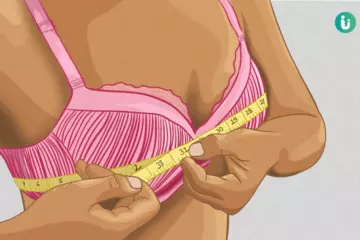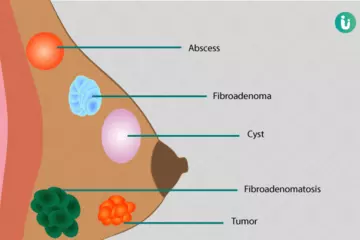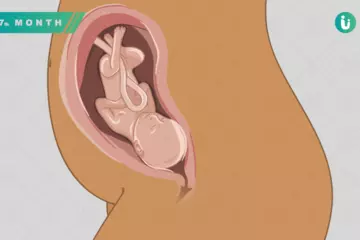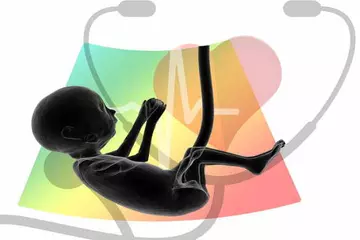What is spinal cord injury?
Spinal cord injury is trauma or injury to the spinal cord or to the nerves emerging from the spinal cord. This type of injury usually causes altered sensations, muscle strength changes, and sometimes, may lead to paralysis. Spinal cord injury can result from a fall, accidents or infections of the backbones. If the injury is minor, the prognosis is good, but if there is a severe injury, then it may cause permanent damage.
What are its main signs and symptoms?
Signs and symptoms of spinal cord injury depend on the site or the level at which the trauma has occurred along with the severity of the injury.
- Paraplegia or quadriplegia- paralysis of one or all four limbs
- Loss of sensation or altered sensation, especially for touch, heat or cold
- Loss of bladder or bowel control
- Loss of movements
- Exaggerated or diminished reflexes
- Altered sexual functioning
- Difficulty in coughing and breathing
Signs and symptoms that indicate severe injury include:
- Severe back pain that extends to the neck and the head
- Paralysis of the affected part
- Difficulty in maintaining posture and walking
- Difficulty in breathing after injury
- Loss of bladder and bowel control
What are the main causes?
Symptoms of spinal cord injury may arise when there is damage to the bones of the vertebral column, the intervertebral disc or to the muscles and ligaments supporting the vertebral column. Injury to these structures can happen due to trauma (causing fractures or dislocation of the vertebrae), arthritis, inflammation, infection, cancer or due to disc degeneration.
Apart from fractures resulting from spinal cord injuries, there is a possibility of swelling, inflammation, fluid accumulation, and bleeding around the spinal cord, which can result in the compression of the spinal cord. These injuries can happen due to a fall, vehicular accidents, physical violence, sports injuries or due to diseases.
How is it diagnosed and treated?
Spinal cord injury cases are usually seen in the emergency room, where a thorough medical examination, along with, evaluation of reflexes can hint towards the level at which the cord gets injured and also the severity of injury. Apart from medical history, certain imaging modalities help in concluding the extent of injury. These imaging modalities include:
- X-ray – Help in checking for fractures, disc herniation etc.
- CT scan – Provides a better view over X-rays and gives an idea about the bones and disc and also help in checking for infections or cancers of the bones of the vertebral column.
- MRI scan – It is the most advanced modality and choice of investigation, as it gives a clear picture of the bones, the muscles, the ligaments and also the intervertebral discs. It also helps in deciding the extent of cord compression.
Treatment of spinal cord injury focuses on reducing the disability and symptoms of pain and discomfort, as there are limited means to reverse the damage to the spinal cord.
Modalities for acute injuries include:
- Medications for inflammation and swelling around the spinal nerves.
- Immobilization to stabilize the vertebral column.
- Surgery to repair the injury to the bones and ligaments of the vertebral column.
Treatment modalities for chronic injuries:
- Medications – Certain medicines that reduce pain, cause muscle relaxation, and improve bladder and bowel control are used.
- Physical therapy – Also known as rehabilitation therapy, it is used to reduce the impact of injury and for improving the lost functions of the limbs. Several modern techniques are used for this, which include:
- Electric nerve stimulation
- Robotic gait training
- Use of modern electrical wheelchairs.

 Doctors for Spinal Cord Injury
Doctors for Spinal Cord Injury  OTC Medicines for Spinal Cord Injury
OTC Medicines for Spinal Cord Injury
 Spinal Cord Injury articles
Spinal Cord Injury articles
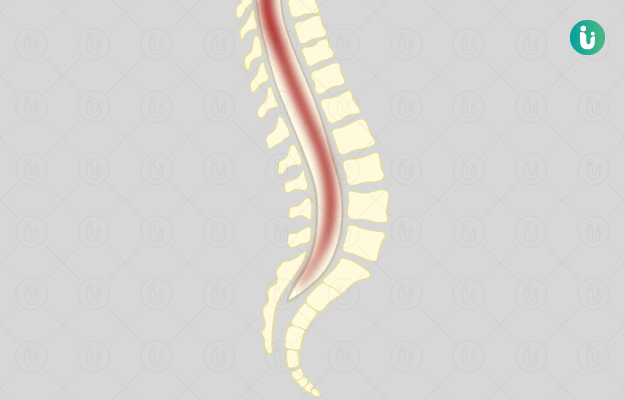
 First Aid for Spinal Cord Injury
First Aid for Spinal Cord Injury







 Editorial Team
Editorial Team

